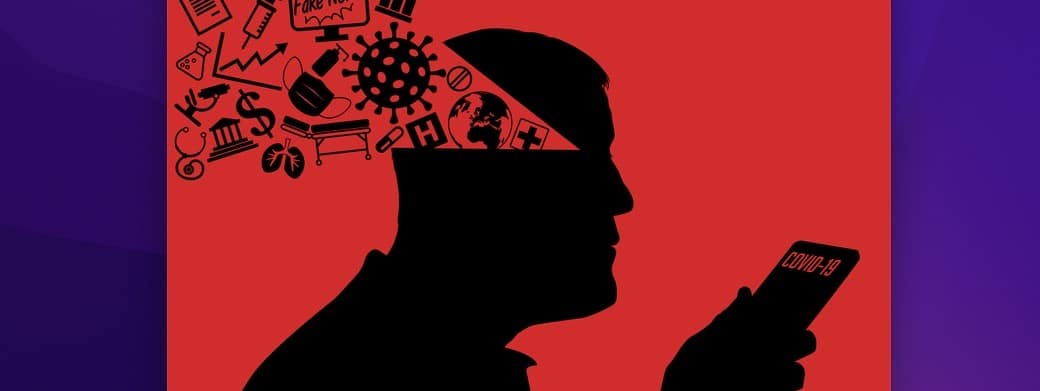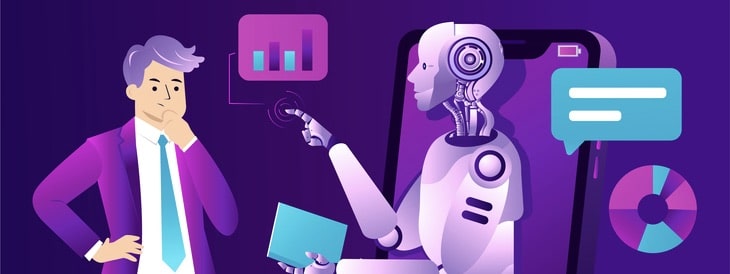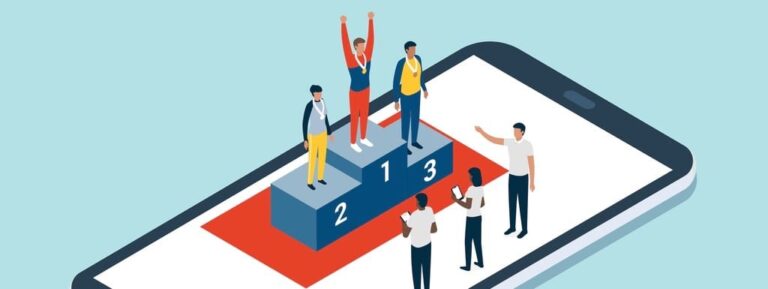Is there an empirical formula marketers can use to figure out the complexities of consumer behavior? Well, not exactly, but new research from financial tech platform Intuit gets pretty close to studying it at the molecular level to determine what drives us to actions akin to brand loyalty, revealing 12 important drivers, and the marketing tactics that will put them into play for your brand.
The firm’s new report, The Science of Loyalty, based on survey research by Canvas8, focuses on the drivers behind consumer behavior and tangible insights that marketers can take to build loyalty and cultivate meaningful relationships between their brand and its customer base. It also introduces new resources like the Loyalty Wheel, a proprietary framework that breaks down the fundamental pillars of loyalty within the consumer brain.
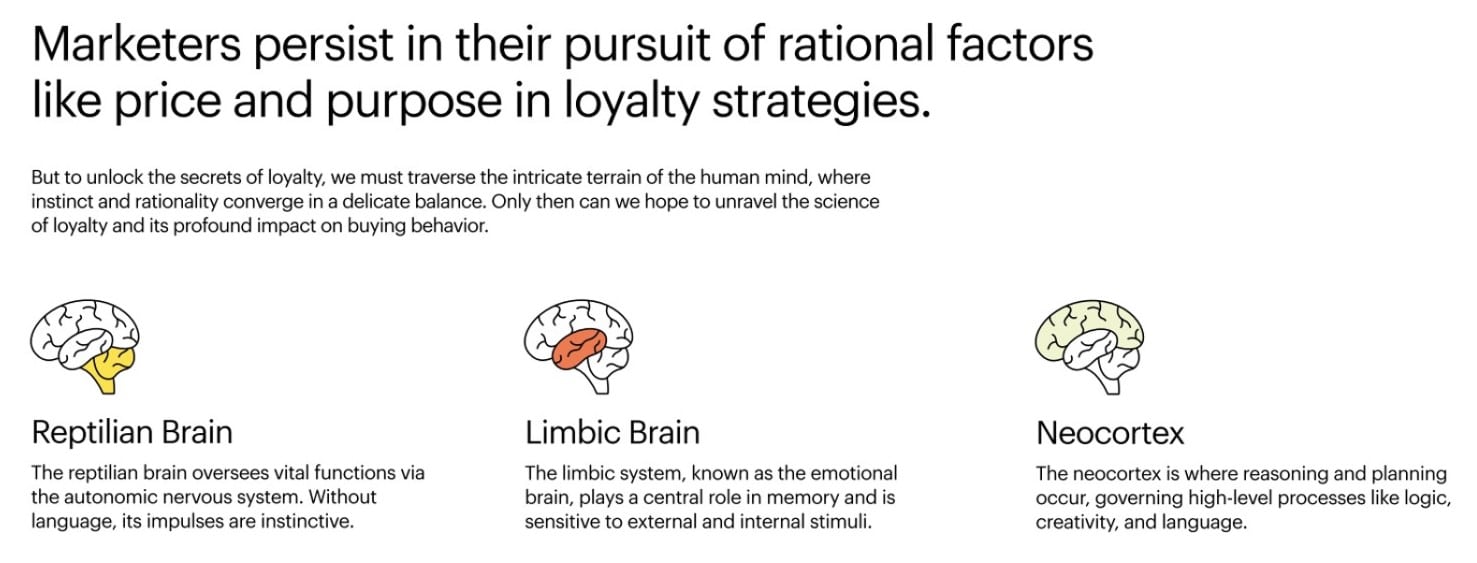
The report uncovers that as brands and marketers build stronger relationships with their existing customer base, those customers are significantly more likely to purchase from the brand again—a cost-effective solution to the rising costs and resources it takes to acquire new customers. Diving into science-backed loyalty strategies can assist brands and marketers with setting their brand apart from the competition. Approximately 70 percent of consumers emphasize that it’s important for them to buy from the “right brand,” reflecting a desire for more conscious decision-making.
“Loyalty is more important than ever,” said Michelle Taite, chief marketing officer at Intuit Mailchimp, in a news release. “In today’s ever-changing business landscape, characterized by overwhelming amounts of data and endless options, brands and marketers should be equipped with the tools and resources needed for marketing strategies that make an impact and build meaningful connections that drive loyalty with their customers.”
The Loyalty Wheel:

The commitment spectrum
The report finds that loyalty falls on a spectrum. To better understand the types of loyal customers, Mailchimp created a commitment spectrum, which ranges from “inert” to “fandom” loyalty. Loyalty begins on an inert level, where consumers purchase from a brand not out of preference, but out of convenience. Moving up the spectrum, other loyalty categories include habitual loyalty, where loyalty emerges from routine rather than emotional ties, followed by dedicated loyalty, where consumers form an emotional connection to the brand’s vision and purpose. What many brands and marketers view as the pinnacle of loyalty—fandom—is characterized by a strong emotional bond and shared values amongst the brand’s community.
While inspiring fandom may be the goal for many brands and marketers, only 13 percent of respondents belonged to the fandom loyalty group. Experts like Richard Shotton, author of The Illusion of Choice, caution that such affiliations can be extremely hard to cultivate and may not make sense for every brand. Most brands are likely to have a mix of all of these customers, and a good strategy should have tactical approaches that target different levels of commitment.
“I think a goal like loyalty, whereby people avoid better alternatives out of a sense of obligation or genuine passion, is phenomenally hard to achieve,” said Shotton, in the release. “The danger is that marketers overestimate their chances of achieving that and maybe convert their budget into smaller sales rather than [pursuing] the much, much simpler goal of habit.”

The 12 Tactics of Loyalty
To better understand the inner workings of loyalty, the report outlines these 12 Tactics of Loyalty to assist brands and marketers with building meaningful relationships with consumers.
1. Smart exposure: Be top-of-mind with strategically placed brand codes and symbols
Almost half (46 percent) of repeat purchasers said they know a lot about the brands they purchase from. This rises to 60 percent among Fandom purchasers, who feel they know the brand best.
2. Familiar foundations: Build familiarity by showing up in trusted spaces
About half (49 percent) of repeat purchasers said that recommendations from friends or family help them decide what to buy, rising to 72 percent among 18-24 year olds.
3. Choice validation: To encourage renewed commitment, help customers feel justified in their choice
Only 52 percent of inert customers and 51 percent of habitual had a very favorable opinion of their preferred brand, but this rises to 84 percent among fandom purchasers.
4. New routines: Build repeat purchases into your customer’s routine
Routines are powerful drivers of loyalty. About a third (35 percent) of those who purchase on a daily or weekly basis said their preferred brand was the only one they’d consider (vs. 22 percent among those purchasing monthly or less).
5. Smooth selling: Remove obstacles that could disrupt customers’ shopping journey
Virtually all (97 percent) repeat purchasers said their preferred brand makes it quick and easy to purchase.
6. Easy decisions: Create friction-free experiences that combat choice fatigue
Almost half (47 percent) of all email subscribers explore new product offerings through brand emails and 39 percent went on to make a purchase after reading the message.
7. Gift giving: Promote organic peer-to-peer marketing through gift giving
About a third (37 percent) of customers have recommended their preferred brand to friends or family and only 22 percent have given it as a gift, revealing an untapped opportunity for brands to spread the word. However, this increases among 18-24 year olds, of which 43 percent have recommended their preferred brand to family and friends, and 30 percent have given it as a gift.
8. Insider status: Help customers feel heard by asking for, and responding to, feedback
The most popular method of contact is email with over half (57 percent) of shoppers looking to keep in touch with brands this way. This is followed by SMS (17 percent) and social media (17 percent). If a brand can’t offer quality customer service across channels, 1 in 4 said they would consider switching brands.
9. Meaningful rewards: Personalize reward programs with customer lifestyles to boost satisfaction
While 45 percent of repeat purchasers said they’d like their preferred brand to provide them with deals or discounts, rewards aren’t always about monetary incentives. In fact, 87 percent said their preferred brand made them feel good, which was the second biggest driver of loyalty, after consistency.
10. Game on: Gamify your rewards to foster a sense of achievement and fun
About 3 in 10 (29 percent) repeat purchasers said they’d like to receive loyalty reward perks from their preferred brand. However, currently only 16 percent have joined a loyalty benefits program, suggesting untapped potential.
11. Shared interests: Build emotional resonance by aligning with a cultural niche or value
One in 4 (26 percent) consumers said they would consider switching brands due to environmental impact or unethical manufacturing, rising to 34 percent among 18-24 year old shoppers.
12. Sense of ownership: Actively engage consumers to foster a sense of co-collaboration
Customers are keen to provide their thoughts and experiences to brands, with over 1 in 4 (29 percent) email subscribers participating in surveys or feedback.
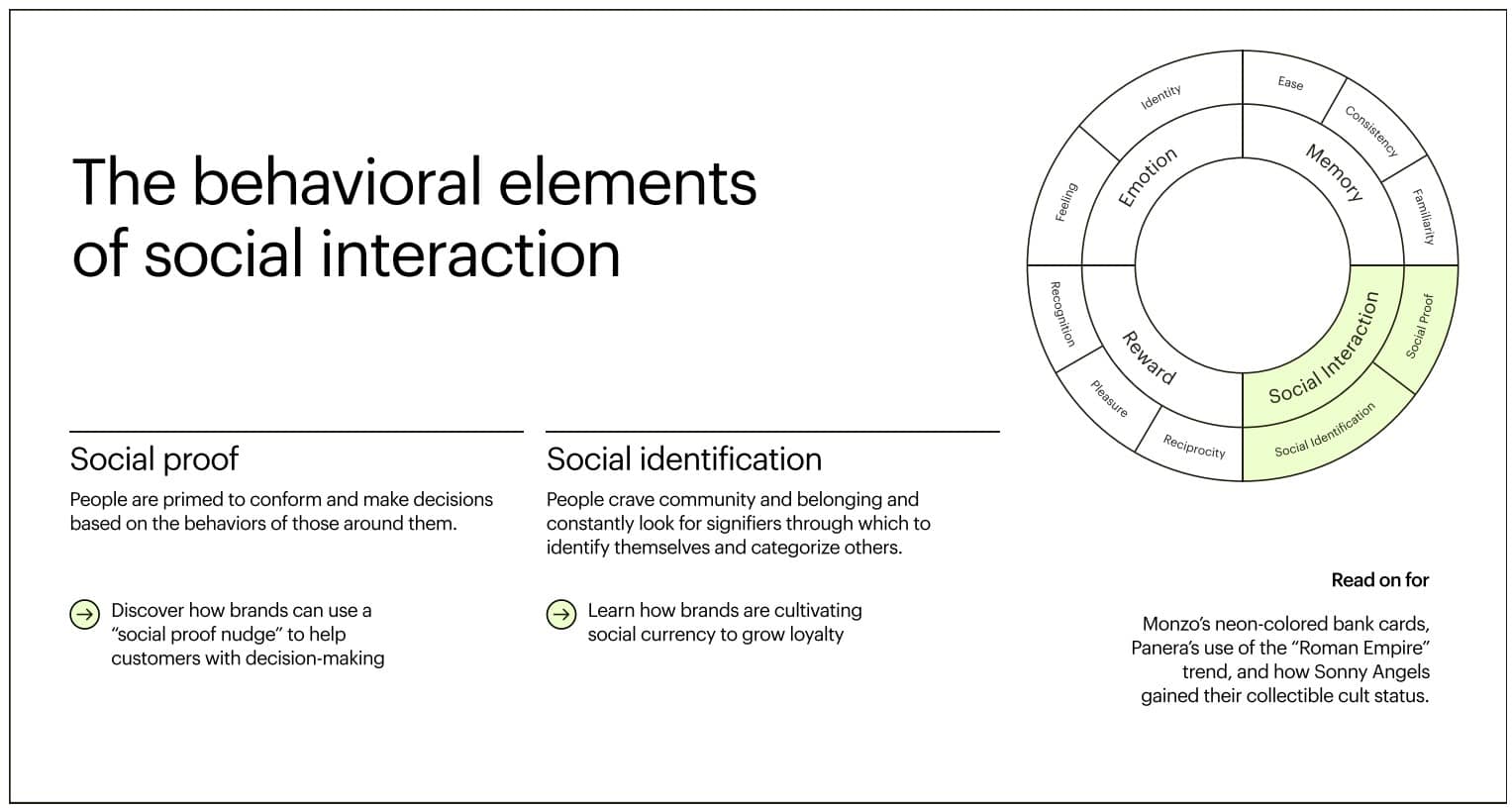
Why brands and marketers should care
Experts like Denise Lee Yohn, author of What Great Brands Do: The Seven Brand-Building Principles that Separate the Best from the Rest, describes loyalty as not just a marketing goal, but a comprehensive business strategy. In an era marked by choice-overload, loyalty is a strategic imperative for brands seeking sustainable growth and resilience. Marketers must be able to navigate the complex terrain of consumer behavior effectively and recalibrate their marketing strategies. Using the tactics outlined in the Strategic Loyalty Playbook, brands and marketers will be one step closer to engaging with customers in a holistic way and deepening relationships that positively impact their marketing goals.
Download the full report here.
The report includes findings from a survey of 4,000 consumers across the United States, Canada, the United Kingdom and Australia—with 1,000 participants per market—and qualitative interviews with eight global marketing experts. All statistics come from a Canvas8 from February 17–27, 2024. The margin of error is +/- 5.5 percent, as reported at a 95 percent confidence level.

